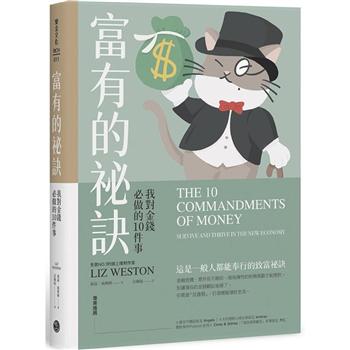The details of horror are almost never explicit, the stories relying on a gentle, bucolic background to emphasise the awfulness of the otherworldly intrusions. James’ style of writing can be considered as "gothic".
After Jonathan Miller adapted "Oh, Whistle, and I’ll Come to You, My Lad" for Omnibus in 1968, several stories from the collection were adapted as the BBC’s yearly Ghost Story for Christmas strand, including "Lost Hearts", "The Treasure of Abbot Thomas", "The Ash-tree" and "Number 13". "Whistle and I’ll Come to You" was also heavily adapted by Neil Cross for broadcast on Christmas Eve 2010.
From "The Ash Tree" Everyone who has traveled over Eastern England knows the smaller country-houses with which it is studded -- the rather dank little buildings, usually in the Italian style, surrounded with parks of some eighty to a hundred acres. . . . I have to tell you of a curious series of events which happened in such a house as I have tried to describe. It is Castringham Hall in Suffolk. I think a good deal has been done to the building since the period of my story, but the essential features I have sketched are still there -- Italian portico, square block of white house, older inside than out, park with fringe of woods, and mere. The one feature that marked out the house from a score of others is gone. As you looked at it from the park, you saw on the right a great old ash tree growing within half a dozen yards of the wall, and almost or quite touching the building with its branches. I suppose it had stood there ever since Castringham ceased to be a fortified place, and since the moat was filled in and the Elizabethan dwelling-house built. At any rate, it had well-nigh attained its full dimensions in the year 1690. In that year the district in which the Hall is situated was the scene of a number of witch-trials.











